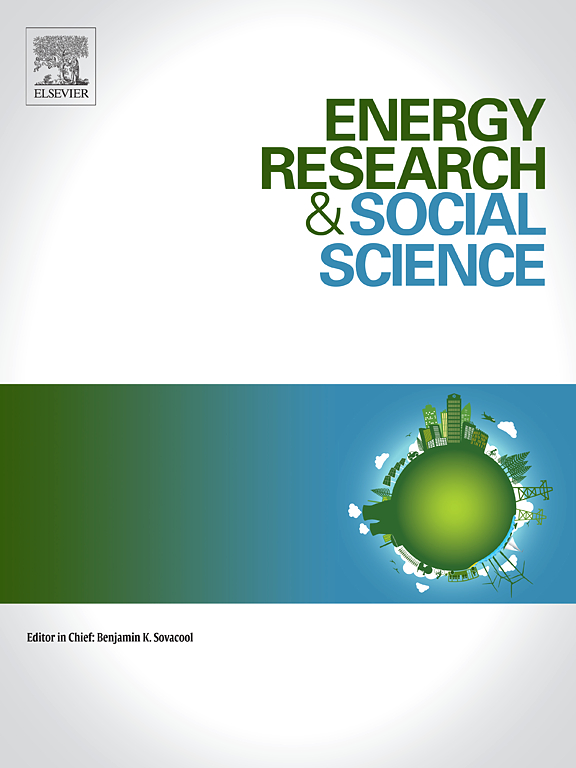What is nuclear cultural heritage? Developing an analytical framework
IF 6.9
2区 经济学
Q1 ENVIRONMENTAL STUDIES
引用次数: 0
Abstract
Nuclear cultural heritage (NCH) is a relatively new approach. It was introduced by Rindzevičiūtė (2019) and is being discussed internationally with reference to its contribution to knowledge preservation of nuclear objects and practices as well as safety aspects, especially in the context of nuclear waste governance. The latter includes knowledge transfer to future generations in the sense that knowledge of nuclear objects and practices might be further developed and could be applied as well in future. This is particularly relevant as nuclear technology is hazardous to the living environment and endures for very long periods of time. The great impacts on landscapes and the living environment are demonstrated by experiences with nuclear accidents, nuclear weapon tests, the storage and disposal of nuclear wastes, and uranium mining. One reason for the upcoming interest in NCH is the decommissioning of nuclear power plants and siting and construction of nuclear waste repositories. With this article, we aim to provide an analytical framework for understanding, identifying and studying NCH. Firstly, we discuss the specificities of NCH in reference to cultural heritage and overlaps with or added values of related approaches. This includes energy cultures, sociotechnical and spatial imaginaries as well as concepts related to place and remembrance. We then specify four key elements as part of a broader conceptualization of NCH: temporality, spatiality, (im)materiality, and institutionalization. These are central to the analytical framework that is presented, in a final step, with notes on possible methodological approaches.
求助全文
约1分钟内获得全文
求助全文
来源期刊

Energy Research & Social Science
ENVIRONMENTAL STUDIES-
CiteScore
14.00
自引率
16.40%
发文量
441
审稿时长
55 days
期刊介绍:
Energy Research & Social Science (ERSS) is a peer-reviewed international journal that publishes original research and review articles examining the relationship between energy systems and society. ERSS covers a range of topics revolving around the intersection of energy technologies, fuels, and resources on one side and social processes and influences - including communities of energy users, people affected by energy production, social institutions, customs, traditions, behaviors, and policies - on the other. Put another way, ERSS investigates the social system surrounding energy technology and hardware. ERSS is relevant for energy practitioners, researchers interested in the social aspects of energy production or use, and policymakers.
Energy Research & Social Science (ERSS) provides an interdisciplinary forum to discuss how social and technical issues related to energy production and consumption interact. Energy production, distribution, and consumption all have both technical and human components, and the latter involves the human causes and consequences of energy-related activities and processes as well as social structures that shape how people interact with energy systems. Energy analysis, therefore, needs to look beyond the dimensions of technology and economics to include these social and human elements.
 求助内容:
求助内容: 应助结果提醒方式:
应助结果提醒方式:


